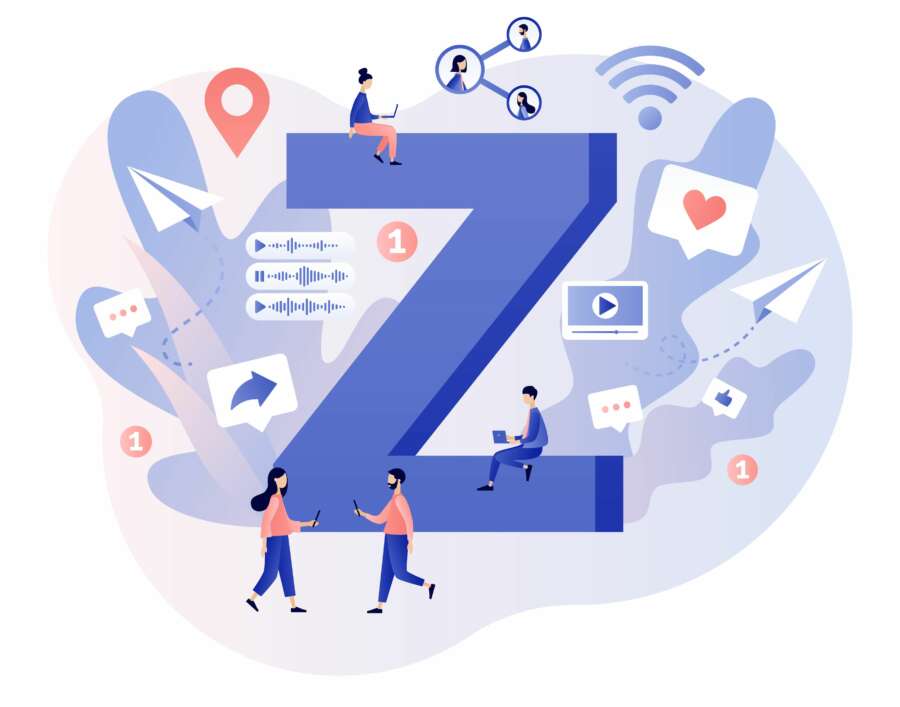
Thank U, Text! At 30 years old, why text will forever hold a place in our hearts

By Nikhil Shoorji, Managing Director, Infobip
Miley Cyrus, Demi Lovato and Cardi B all celebrated their milestone thirtieth birthdays this year. But there is one enduring star reaching its third decade whose anniversary has flown under the radar. This year marks the 30th year since the very first text message was sent out into the world, changing how we communicate forever and creating a whole new culture.
Let’s face it, phone calls are increasingly rare, email inboxes are overflowing and voicemails often go unplayed. While WhatsApp, WeChat, Facebook and Snapchat have all been contenders for SMS’ throne, it seems that the humble text message is still going strong, and might even be on the cusp of a revival!
Old school SMS in an age of retrostyle
Gen Z is known for their knack to revive old trends. From low-rise jeans and dad sneakers to disposable polaroid cameras and Nintendos, we see this generation bring back some of the most 80s and 90s popular trends and add their own modern twist. In fact, Gen Z is using tried-and-true text messaging, more than any other age group! Research by Infobip found nearly a third (30%) of people send and receive at least one SMS text message a day, however this number increases to 38% between 18-24 year-olds.
It seems that they are finding beauty in simplicity and reinventing SMS for today’s world in which email too often equals spam, and privacy concerns are causing many to switch off from alternatives.
Infobip’s research also found that 57% of people open a text within 5 minutes of seeing an SMS text message. Can the same be said for our littered email inboxes? Or our social media feeds? Being bombarded by brands across digital channels has caused many to turn their back on the bells and whistles of multimedia messaging and focus on the fast, to-the-point medium of SMS. And, for brands, this means a channel ripe for reinvention. Take the fact that, on average, consumers engage with 95% of text marketing messages within three minutes of receiving them!
While 70% receive texts from friends and family, a third receive texts from brand advertisers for a range of services. For example, over four in ten use it for billing updates, and another 39% use it for healthcare updates, making it a vital and convenient part of our modern lives.
The great digital detox
While Gen Z have been loyal fans of digital platforms, it seems many aspects of social media are losing their sheen. Fullscreen reports that just over half of this generation have had enough of social media, and dreams of life without it. Over half think that mental health and wellbeing are negatiely affected by the time spent on devices.
However, so much of our lives today is online – work and social lives, and with a boom in communications apps, research has found that people are drawn to check their phones over 55 times a day. A slew of notifications distracts and entices people to engage with their devices, with experts confirming that this is leading to poorer mental health. As a result, the concept of a digital detox – reducing or stopping use of digital devices for some time – is becoming increasingly popular.
However, texting is often seen as a less intrusive form of digital communication and is used to support digital detoxes while enabling people to stay in touch. For example, over half (54%) of our respondents mentioned that they use traditional texting when wishing to get into contact with people that aren’t, for example, on other social media platforms. These messages are often more useful, important and timely – not just another ‘like’ tick taking up your brain space.
Thank U, text
As we raise a toast to text, it’s clear that SMS remains relevant, ageing well against its rivals. While the next thirty years will surely deliver massive leaps in technology, it seems that there will always be a hunger for the simple life. Text has given us a whole new culture, and will continue to be a big part of our lives for decades to come.


